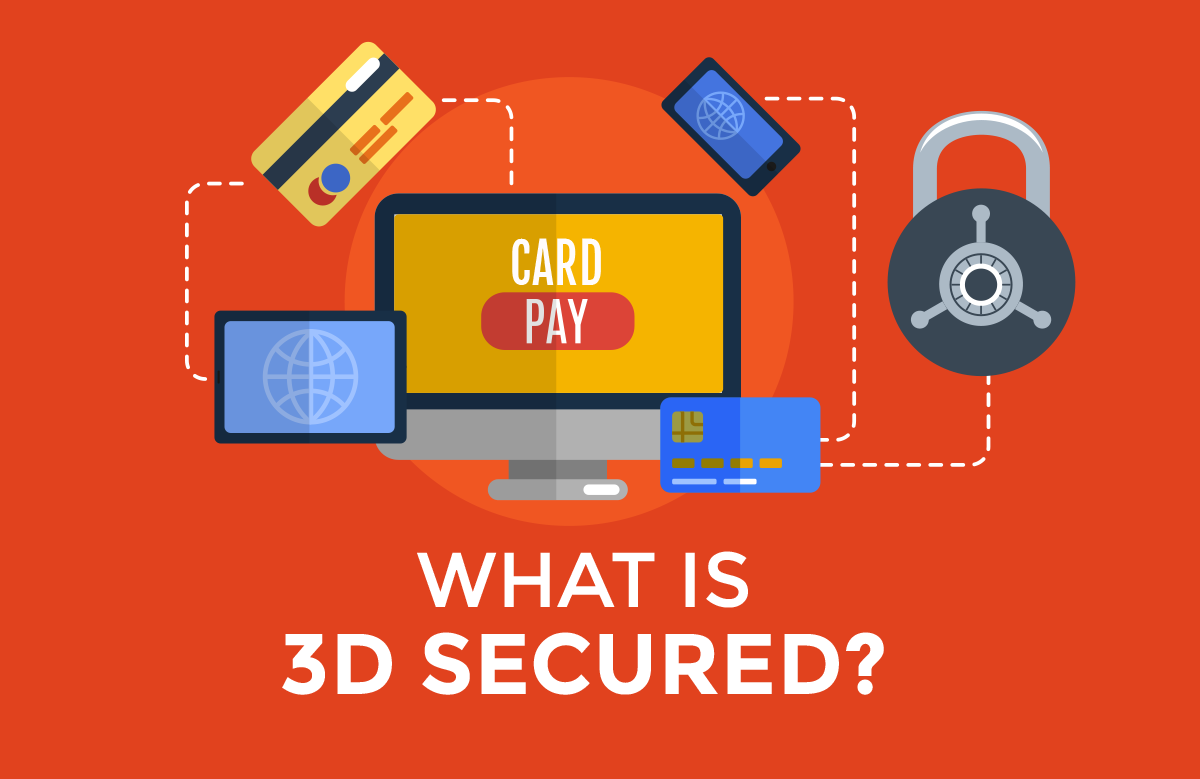
Absolutely every online store seeks to increase its income by offering lucrative offers and promotions to its customers. To purchase a thing of interest, it is enough to indicate the information on the card and pay for the purchase. However, in most cases, the system protects the funds not of the client, but of the store or banking institution itself. Thus, in the case of fraudulent activity, the bearer used to be the customers or the store. One of the major breakthroughs in the field of online payment has been the development of the 3D secure protocol.
3D-Secure is a special security protocol used to authorize a credit or debit card holder during a payment transaction over the Internet. The goal of 3D Secure is to make card payments on the Web more secure. In this case, the cardholder is authenticated by entering a feature (password, SMS token, etc.) that only he and the bank where he keeps his credit card knows.
This is to prevent purchases with stolen credit cards that can be authorized – in the assumption that fraudsters usually do not know this feature between cardholder and bank. 3D Secure brings liability shift to the business, thus enabling confidence among merchants and also increasing financial security among buyers. Thus, choosing a merchant service provider of solid reputation becomes an important part of your decision making. However, there are other things that you must know and consider about 3D Secure before implementing it to your business.
Conversion Rate
For online shops, it is often difficult to judge whether 3D Secure is an appropriate solution to limit fraud in a given country without the risk of harming business performance. The impact that 3D secure has on the conversion rate is one of the major concerns among merchants. Since the payment landscape is complex, there is no one-size fit all kind of direct correlation between 3DS and the conversion rate of the country. Research has shown that the implementation of 3DS has varied effects on different countries. Countries like India, Russia, and the UK have experienced a positive impact, whereas France, Germany, and the US have experienced a negative effect on conversion rate.
Undoubtedly, the size of the transaction plays a significant role in the determination of the conversion rate. Moreover, 3D Secure has an incompatible mobile interface which also impacts in conversion rate. First-time users may perceive the 3DS authentication page as a security threat and abandon the purchase, which can also impact the conversion rate. However, 3D secure is just an extra step in the payment process and cannot be solely responsible for the drop-in conversion rate.
Transfer of responsibility
The 3D Secure device is not a guarantee of payment, but a security device designed to reduce the risk of unpaid invoices issued by the holder. It is accompanied by a regulatory change called “liability shift” or “transfer of responsibility”, the principle of which is to bear the risk of unpaid invoices for the bearer’s dispute with the bank of the latter and not more to the trader. It is advised to consult with the bank regarding the exact terms relating to the transfer of liability. The card issuer is liable if the authentication is successful and a fraudulent activity takes place. In case of the failure of the authentication, the liability stays with the merchant.
Adaptability to the dynamic marketplace
The market is everchanging and so is the technology. With the growth of digitalization, online shopping is more common nowadays. People have started to browse and buy products from a mobile device rather than from a computer or laptops. The problem with 3D Secure is that it wasn’t developed for mobile use, and thus it takes more time to load pages and can cause distortion in the viewing the authentication page. The main problem occurs when customers are asked to enter their unique password in the boxes. However, these challenges have already been studied and a solution has also been implemented to make the user experience as smooth as possible. Therefore, while implementing 3D secure in your business it is important to know that your user might experience some compatibility issues.
Good implementation practice
There are numerous good practices for the implementation of the 3D Secure. Merchants have to educate their customers about the 3D secure because of most of them, especially the first-time buyers, consider it as a threat. This problem can be solved through a video seminar or by having an extensive FAQ section. They should inform their customers about the benefit of the verification process, and also that the merchant doesn’t charge an extra fee for the service. If the conversion rate has decreased after the implementation of the 3D, the merchant should plan to drop this system. Depending on the risk, the merchant should bypass the security if it increases the conversion rate. They can also embed the frame of payment in the checkout process rather than opening up the authentication page.
To prevent criminal acts and ensure secure payments on the Internet, modern 3D-Secure technology with two-factor authentication was invented. Both authentication systems are a guarantee that a fraudster will not be able to withdraw money from a client’s account without access to his mobile device. By applying a dynamic approach to 3D Secure you can optimize security and increase conversion rates.
